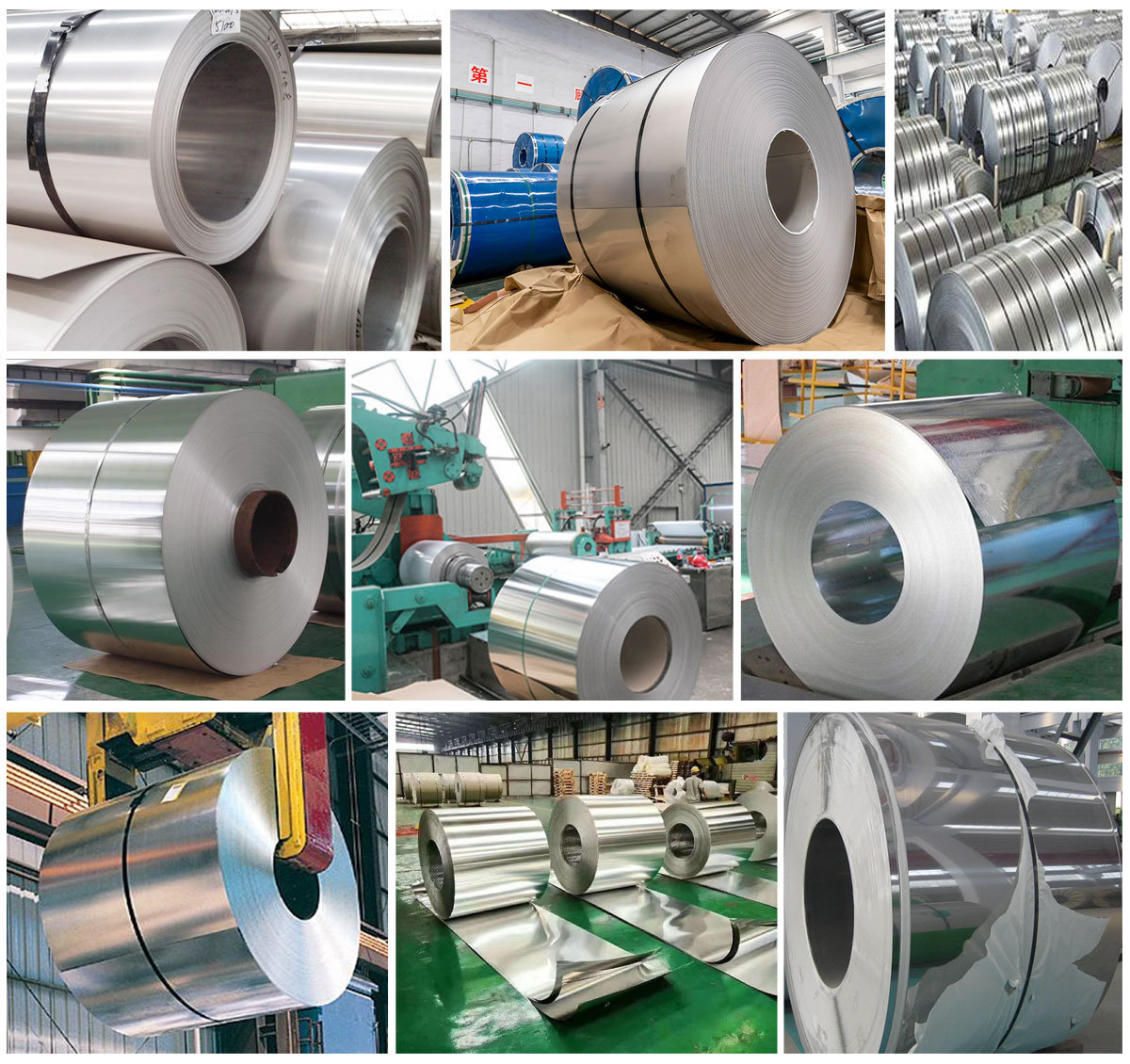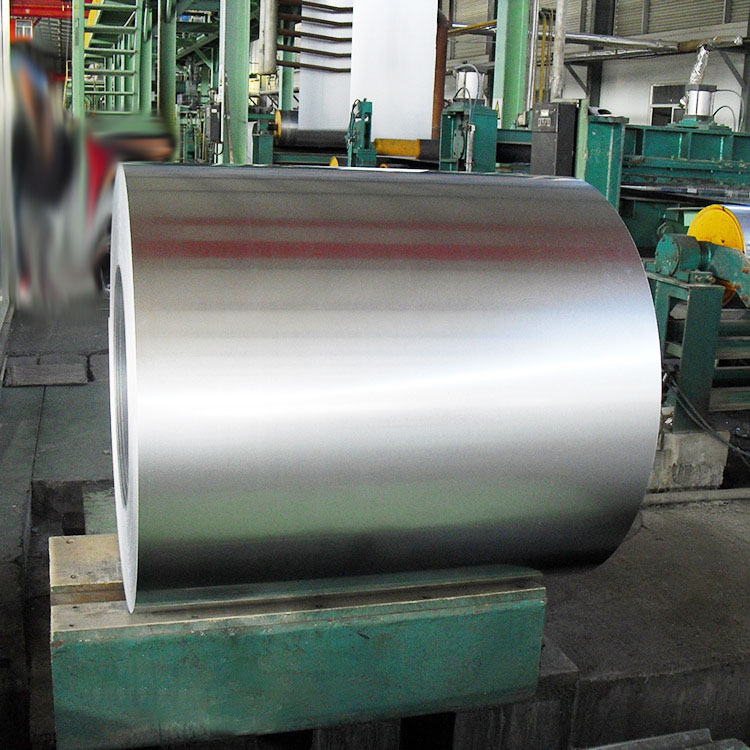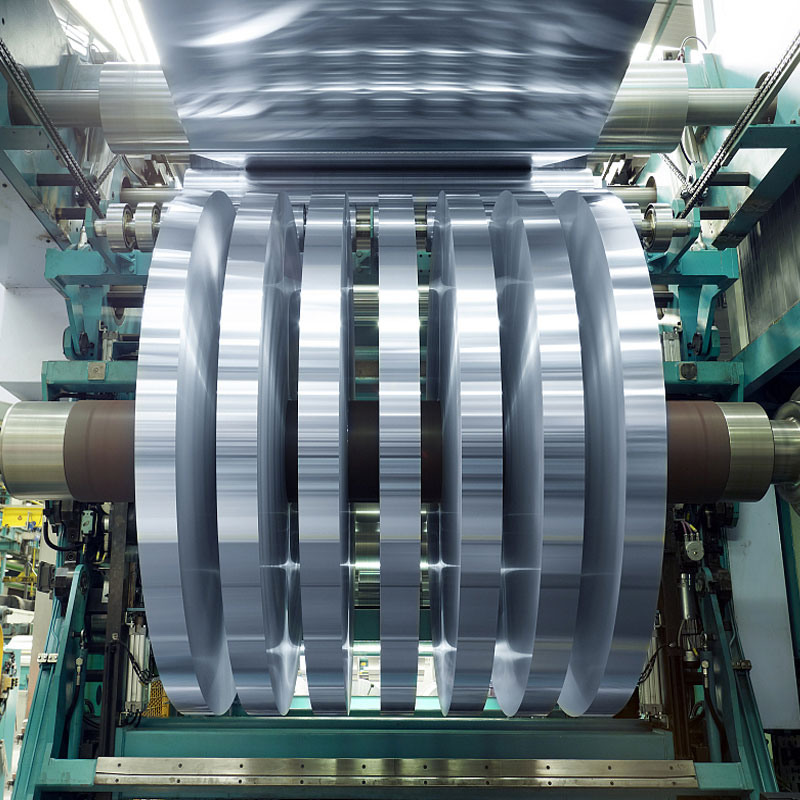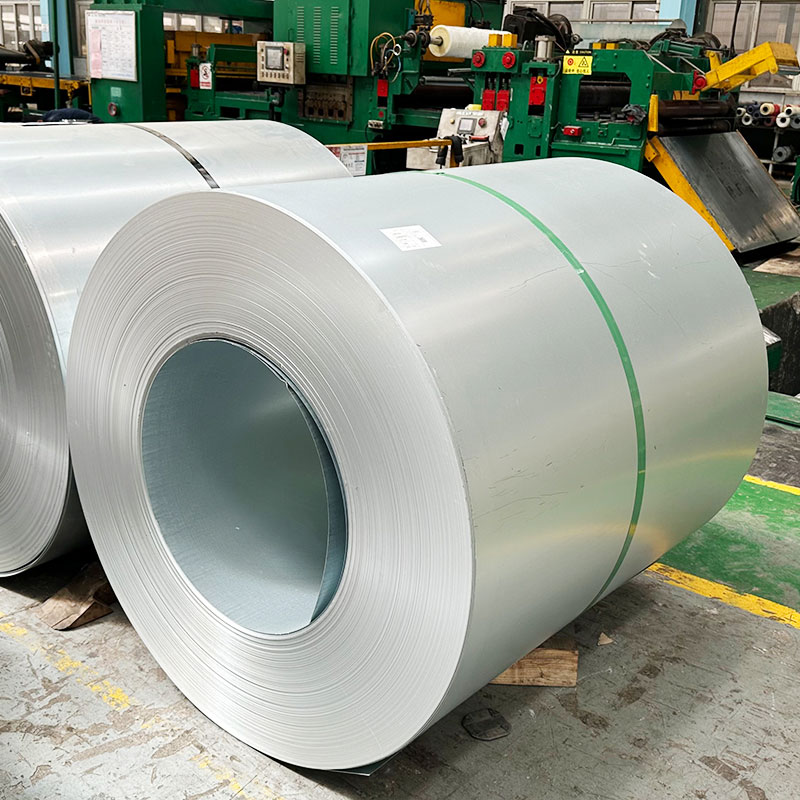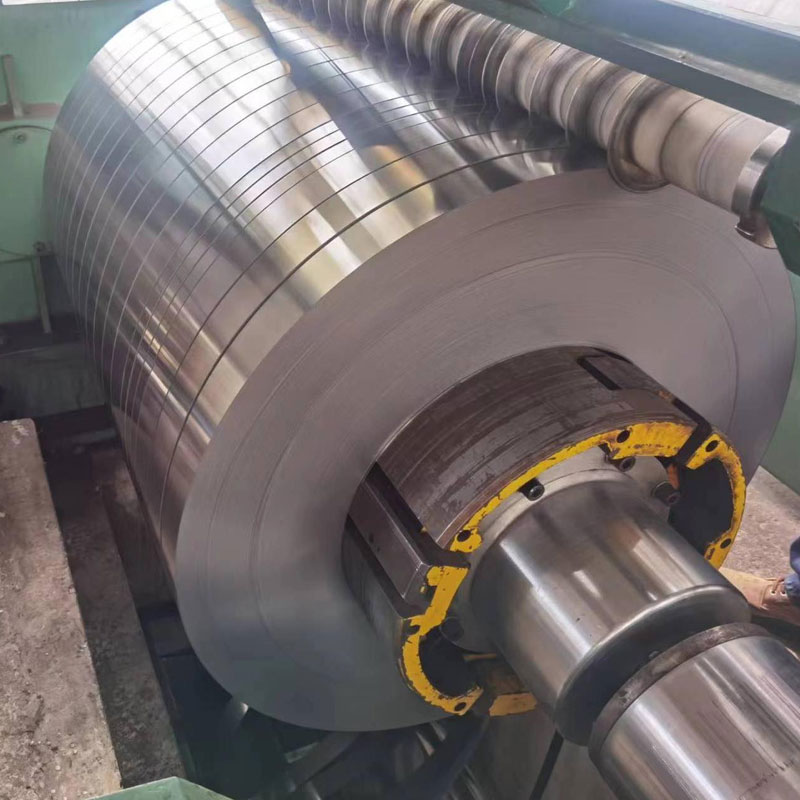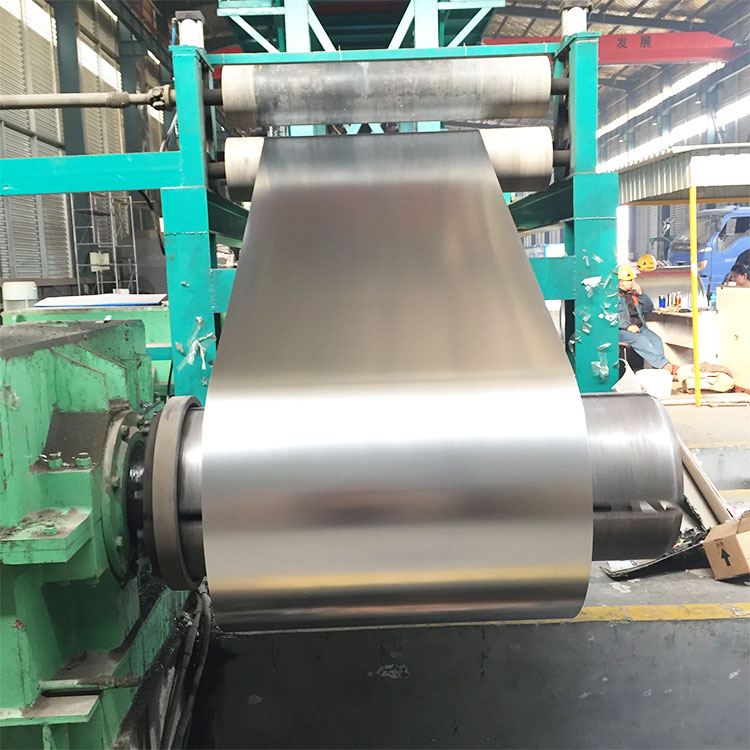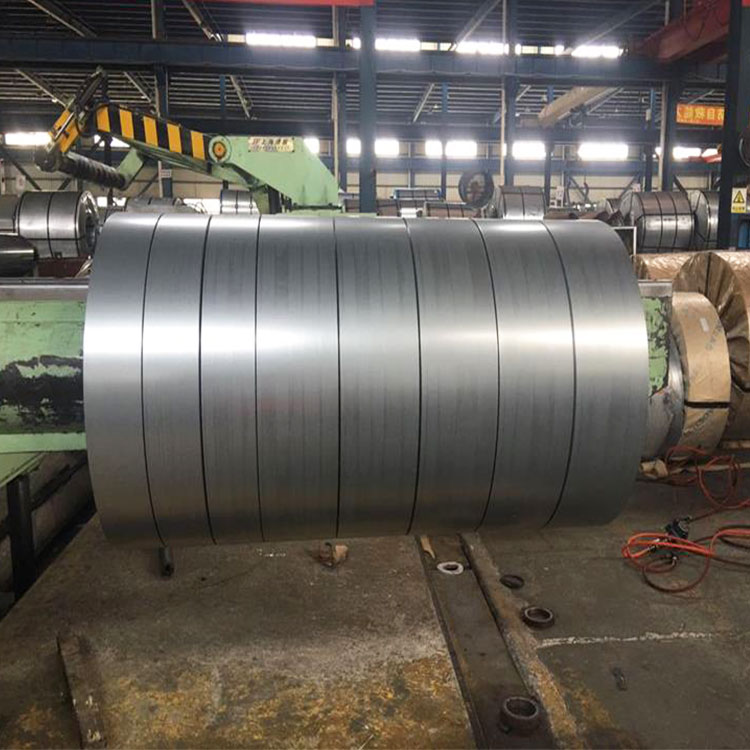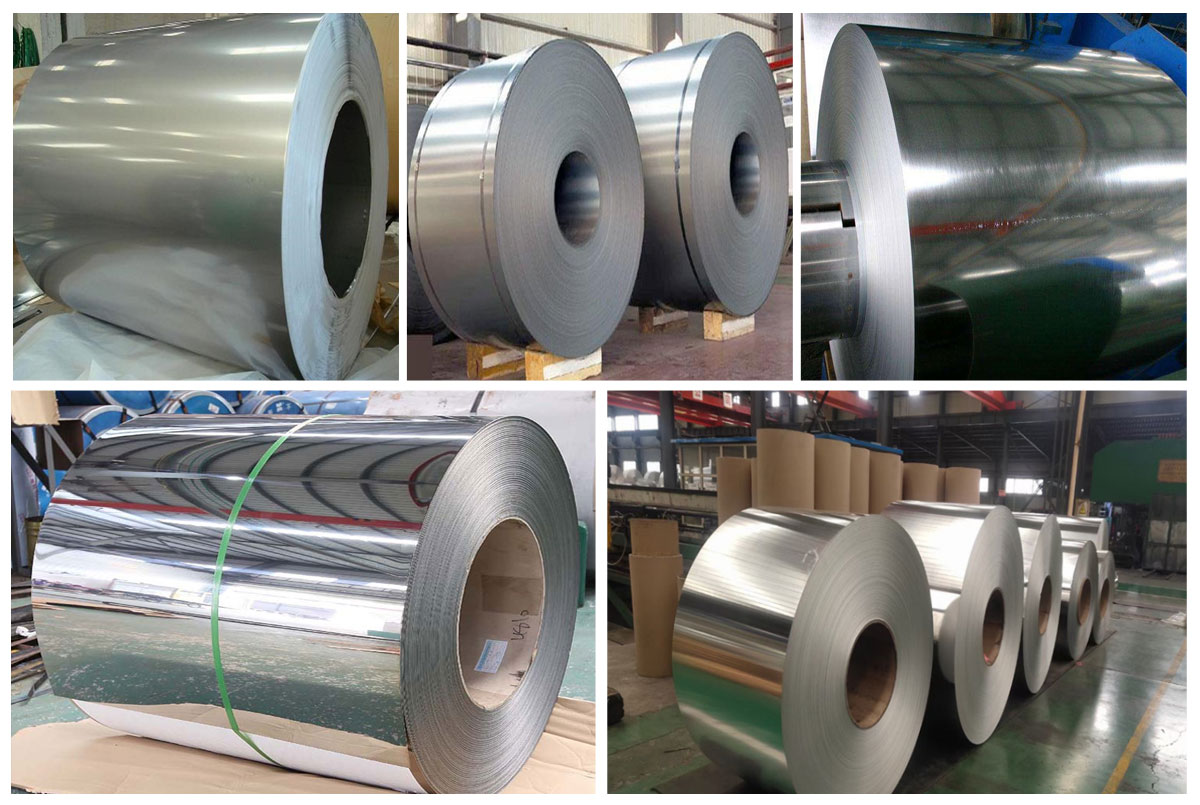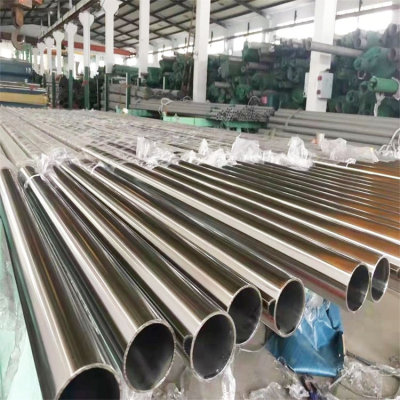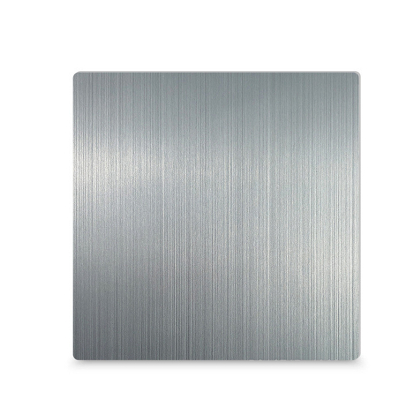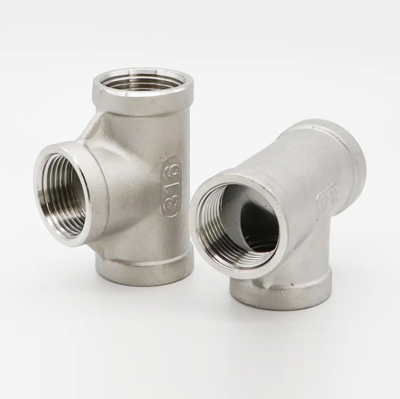316L 310S Stainless Steel Coils
1. Excellent Corrosion Resistance -- Stainless steel coils exhibit outstanding corrosion resistance primarily due to their alloy composition, including chromium, nickel, titanium, and other elements. The presence of chromium forms a stable passive film on the surface, effectively preventing oxidation and rust, even in harsh chemical or humid environments.
2. Superior Structural Integrity and Alloy Performance -- The internal microstructure of stainless steel coils ensures high mechanical strength, stability, and long-term durability. The combination of alloying elements like titanium and nickel enhances both resistance to deformation and heat tolerance, making the material suitable for demanding industrial applications.
3. Wide Range of Industrial Applications -- Stainless steel coils and strips are extensively used in industries such as chemical processing, food production, pharmaceuticals, paper manufacturing, petroleum refining, and atomic energy, demonstrating exceptional reliability across both high-temperature and corrosive conditions.
4. Versatility in Everyday and Architectural Use -- Beyond industrial use, stainless steel coils are also popular in construction, household appliances, kitchenware, vehicles, and tableware, offering both functionality and aesthetic appeal with their smooth surface, easy maintenance, and long service life.
The corrosion resistance of stainless steel coils mainly depends on its alloy composition (chromium, nickel, titanium, silicon, aluminum, etc.) and the internal structure of stainless steel coils, and the main role is chromium. Stainless steel coils & strips are widely used in chemical, food, pharmaceutical, paper, petroleum, atomic energy and other industries, as well as construction, kitchen utensils, tableware, vehicles, household appliances and other various parts.
Product Name | Stainless Steel Coil & strip |
Length | As required |
Width | 3mm-2000mm or as required |
Thickness | 0.1mm-300mm or as required |
Standard | AISI,ASTM,DIN,JIS,GB,JIS,SUS,EN,etc. |
Technique | Hot rolled / cold rolled |
Surface Treatment | 2B or according to customer requirement |
Thickness tolerance | ±0.01mm |
Material | 201, 202, 301, 302, 303, 304, 304L, 304H, 310S, 316, 316L, 317L, 321,310S 309S, 410, 410S,420, 430, 431, 440A,904L |
MOQ | 5 tons.We also can accept sample order. |
Shipment time | Within 15-20 workdays after receiving deposit |
Application industries of stainless steel:
Stainless steel is widely used, from construction to automobiles, from transportation to storage, from industrial production to household appliances, basically covering all walks of life.
1. Automobile industry
The automotive industry is a relatively developed application field for stainless steel sheets. Using high-strength stainless steel plate as the raw material for the car body structure can greatly reduce the weight of the vehicle and enhance the strength of the overall structure of the vehicle. If the vehicle panel is made of stainless steel plate, it can effectively save maintenance costs. In addition, stainless steel sheets are used in the production of automotive exhaust systems due to their good resistance to chloride ion corrosion and heat resistance. European and American countries are using a large number of stainless steel plates as raw materials for automobile production.
2. Construction industry
The application of stainless steel coils in the field of construction has a long history and is widely used. In terms of construction and home decoration, stainless steel coils are often used in the exterior walls of high-rise buildings, indoor and outdoor columns. In addition, there are internal and external components such as handrails, elevator panels, doors and windows. In addition, the surface treatment of stainless steel plates is also very advantageous in the construction and home decoration industries, such as the coloring and coating of stainless steel plates, which can solve the problem of easy fingerprints after touching and improve the decorative aesthetics.
3. Home appliance business
In the household appliance industry, the consumption of stainless steel is also very large. For example, the inner cylinder of automatic washing machines, the inner tank of water heaters, the inner shell of microwave ovens, the lining of refrigerators, etc., which are common in our lives, are all made of stainless steel. Household appliances usually use ferritic stainless steel coils as raw materials
4. Water industry
There is now increasing concern about the possible contamination of water during storage and transportation. Practice has shown that stainless steel coils are very suitable as raw materials for water industry equipment such as water production, storage, transportation, purification, regeneration, and seawater desalination. Its advantages are: corrosion resistance, shock resistance, water saving, sanitation (no rust and patina), light weight (1/3 reduction), less maintenance, long service life (can be used for 40 years), low life cycle cost (LCC), It is a recyclable green environmental protection material.
5. Industrial facilities
The proportion of stainless steel coils used in industrial facilities in developed countries can usually reach 15%-20%. Stainless steel coils are used in chemical, petrochemical, chemical fiber, papermaking, food, medicine, energy (nuclear power, thermal power, fuel cells) and other fields.
6. Environmental protection industry
Stainless steel coils are not only used in industrial production, but can also be used as raw materials for industrial waste gas treatment equipment, garbage treatment equipment, and sewage treatment equipment. In the flue gas desulfurization process, in order to resist the corrosion of sulfur dioxide, chloride ions and iron ions, it is necessary to use duplex stainless steel coils and high-grade austenitic stainless steel in the absorption tower, cooler, pump, valve, flue and other waste incinerators Coils, wastewater treatment and other facilities require high performance stainless steel coils.
Stainless steel coil surface marks and corresponding features
SURFACE | CHARACTERISTICS | SUMMARY OF MANUFACTURING METHOD | USE |
NO.1 | Silver | Hotrolled to specified thickness | No need for a glossy finish |
Matt | |||
NO.2D | Silver | Heat treatmentand picklingafter cold rolling | General materials, deep drawingmaterials |
NO.2B | Luster is stronger than No.2D | After NO.2D treatment the polishingrolleris used for the finalmild cold rolling | The general material |
BA | Brightas a mirror | Non - standard, butusuallybrightannealingsurface machining surface reflectivityis very high | Buildingmaterials, kitchenware |
NO.3N | Coarse grinding | Grind with 100-200# (unit grindingstrip) | Buildingmaterials, kitchenware |
NO.4N | Intermediategrinding | The polishedsurface obtainedby grindingwith 150-180# grindingstrip | Buildingmaterials, kitchenware |
NO.240 | Fine grinding | Grind with2408 grindingstrip | Kitchen utensils |
NO.320 | Very fine grinding | Grind with 320# grindingstrip | Kitchen utensils |
NO.400 | The gloss is close to BA | Grind with 400# polishingwheel | General timbec constructiontim bec kitchen utensils |
HL | Hairlinegrinding | Suitable particlematerials for hair texture grinding(150-240#) its grains are very large | Building buildingmaterial |
NO.7 | It's close to mirrorgrinding | Grind with 600# rotarypolishingwheel | For art or decoration |
8K | Mirror grinding | The mirroris ground witha polishingwheel | Reflector, decorative |
